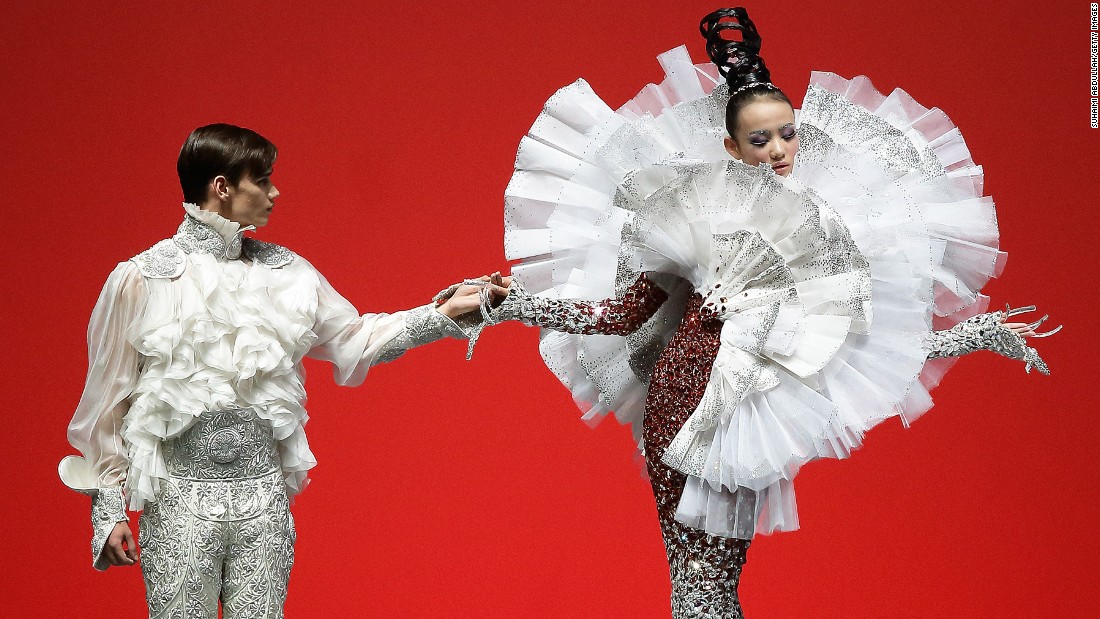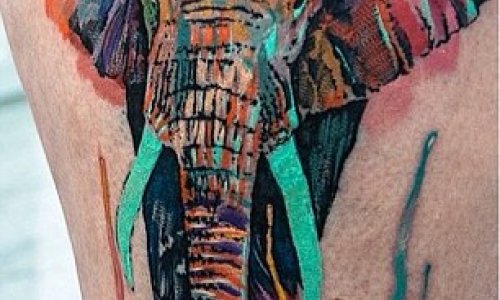The obsession of Chinese luxury shoppers with Western brands is old news. Now, a new book entitled Fashion China is turning the spotlight on the top local brands vying for the international spotlight.
Written by Irish fashion curator Gemma A. Williams, the book provides an introduction to 41 of the country's most exciting designers, from Fashion Fringe award-winner Haizhen Wang to couturier Laurence Xu.
"We're creating a snapshot of what is going on over there," says Williams. "Designers play by their own rules, and it creates such an interesting dynamic."
The author, who sports Alexander McQueen and New York's Metropolitan Museum of Art in her resume, was initially inspired by the growing number of Chinese international students she encountered while working at the London College of Fashion's Fashion Space Gallery in 2013.
A panel of experts
To find the most interesting designers, Williams brought together a panel of Chinese experts, including Liu Wen -- widely considered the first Chinese supermodel -- and Karchun Leung, editor of Numéro China.
"I'm going over with Western eyes and trying to understand the industry in terms of our systems, which has been the base for 100 years at least," she says. "Collaboration with [the panel] really opened my eyes to how unique the industry was."
These differences include a unique design history and tradition, as well as a less strict adherence to the fashion calendar model that dominates in the West. (China has two major fashion weeks -- Beijing and Shanghai -- with irregular rosters, and many high profile designers show off-schedule or abroad.)
"They helped me realize that the same criteria will never apply to the Chinese market. It's too large and it's too new, so they can set their own benchmarks."
Abandoning stereotypes
By profiling a range of designers, Fashion China dispels common misconceptions and stereotypes about what Chinese fashion means.
Designers like Guo Pei, who creates lavish, architectural couture gowns in Beijing, prove that 'Made in China' needn't mean shoddy quality; and the international buzz behind London-based newcomer Ryan Lo's colorful kitsch shows that Chinese design doesn't have to be traditional.
But Williams thinks it could be a while before a Chinese designer becomes a household name abroad.
Because of the diversity and breadth of their aesthetics, she doubts there will be a unified rise to prominence similar to that of avant garde Japanese designers like Yohji Yamamoto and Comme des Garçons creator Rei Kawakubo in the 1970's and 80's.
"Chinese fashion is so varied and so disparate that it's very hard to pick out one or two aesthetics ... It's not like Japan, where they had a unified aesthetic that became a very strong look," she says.
However, Williams hopes the book will encourage Westerners to shop outside their comfort zones, and recognize the value of work being done outside of the fashion capitals.
"My main goal is to promote," she says. "It's really exciting that people are talking about these brands and finding out about them, and I hope [Fashion China] opens up the discourse around Chinese fashion."
(CNN)



www.ann.az
Follow us !











